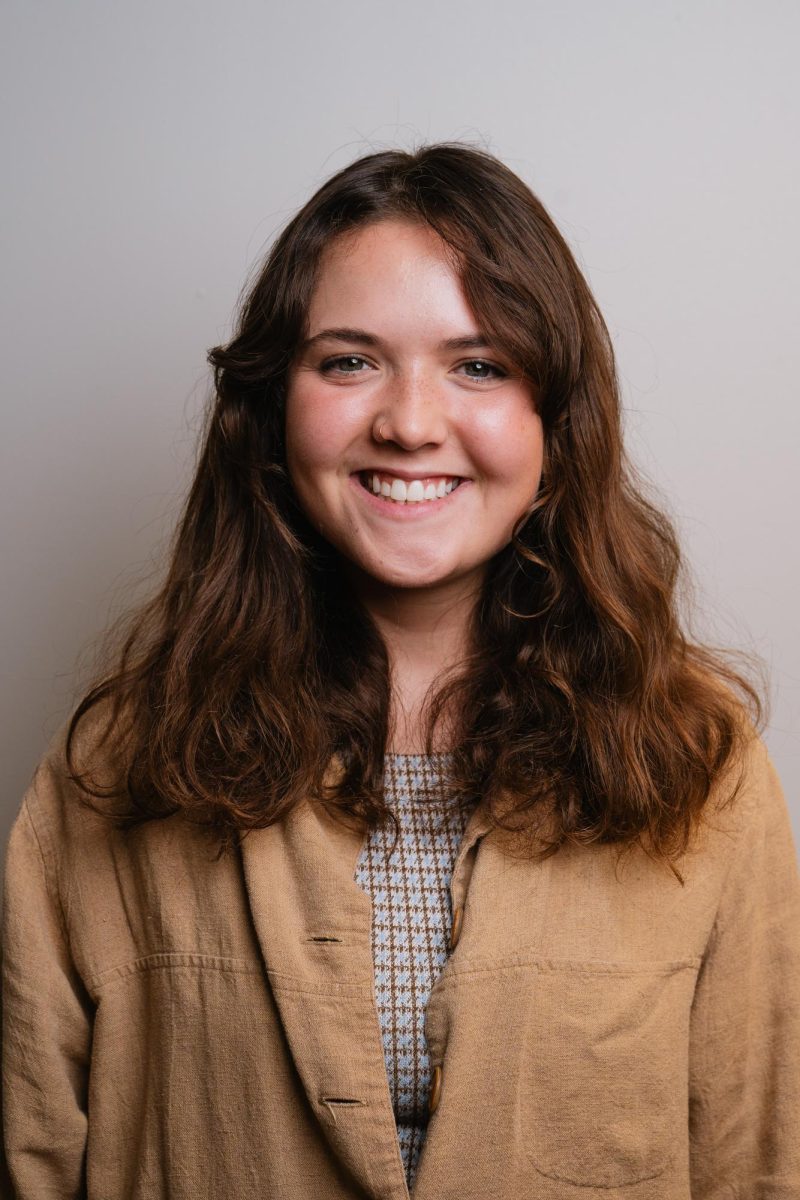New engineering major successful after a year
February 2, 2000
A semester after the College of Engineering combined the ceramic engineering and metallurgical engineering majors into one program, materials science and engineering, ISU officials said the switch is still going smoothly.
Mufit Akinc, professor and chairman of the materials science and engineering department, said the curriculum change has been a “truly seamless transition from two degrees to a new degree.”
Akinc said combining the two departments into one has given students a much more flexible program.
In the new program, there are four areas of specialization: metals, ceramics, polymers and composites and electronic materials. Akinc said students are allowed to pick two of the four areas of concentration as they progress toward their degrees.
Akinc said by carefully selecting their technical electives, students can take courses from any of the other areas, giving them an even broader background. Students can also choose to complete their technical electives with classes in one of their specialized fields to get a more in-depth study.
“By having the single degree, materials engineering, they have a broader exposure for employers and job opportunities,” he said.
Scott Chumbley, associate professor of materials science and engineering, said the new program is producing more marketable students.
“The program is really making the students more well-rounded in the area of materials, making them much more employable,” Chumbley said.
Kristen Constant, associate professor of materials science and engineering, said students are recognizing that combined materials is the area in which there are many good jobs and high-industry growth.
Constant said she sees the change as a positive one, even for the older students.
“Quite a number [of older students] have actually switched to the new program. They didn’t have to, but they did on their own,” she said.
Akinc said he also has noticed many older students, who do not have to change their course of study, picking the new curriculum.
“Even the sophomores and juniors that we had in the [old] programs picked the new program, meaning that they liked this one better than the separate degree programs that we had,” he said. “Almost all of them chose to go to the new materials engineering program. They loved it.”
Chumbley said he thinks the new program not only benefits the students but the professors as well.
“It brings all the students closer together, and by bringing the different professors together, there is more chance for research,” he said.
















